(This is the 2nd installment of the Rainwater Chronicles. Click here to read Part 1: What Happens to the Rain)
So what do the meters tell us? How well are we doing our part as stewards of the waters and the conscience of all Creation? The meter reading in the collage above, tells us we’ve used a total of 58,904 gallons of rainwater in all the ways pictured, during our four rain years here. Adding in the 9,000 gallons currently in our tanks, we will have used a total of 67,904 gallons of rainwater by the time the tanks are empty in early August. Rounding it off:
68,000 gallons of rainwater total
17,000 gallons per year
1,900 gallons per month
63 gallons per day
32 gallons per person per day
So what does 32 gallons per person per day mean? Well, for one thing, it tells us how we measure up. Credible sources say Americans use an average 100 gallons per person each day. So 32 isn’t half bad, huh? On par with Germany. But wait. Our calculation is only for rain water, which we typically use October-June. So our 32 gallons/day doesn’t include July-August-September, months when we may use an extra 10,000 gallons (city water) each month for irrigation, right? Adding that in, our numbers are more like 75 gallons per person which is low for Americans but still way more than most of the industrialized world.
We do fairly well with indoor use, mostly because of technology choices. Our Bosch dishwasher and Speed Queen washing machine are high on water efficiency. Our toilets and shower heads are low-flow. Looking at the numbers on our water bill in the summer months is alarming though, because we are gardeners and we irrigate. In 2019, we used over 12,000 gallons/month in summer. We just installed our drip irrigation system so that should help some. The city meter will tell us.
About a year after moving into our Net Zero home, I decided to measure the water consumption from my morning shower. To my surprise, the builders had installed shower heads that were up to code, which is a water flow of 2.5 gallons/minute. While this is mega-gallons better than the ancient heads that used 8-10 gpm in our old showers, this hardly seemed Passive House worthy. There are now shower heads that deliver very satisfying showers at 1.5 gallons/minute so we replaced the 2.5 gpm Delta pictured below with the 1.5 gpm Niagra pictured below that. See what difference that small change makes:
Average length of an American shower = 8 minutes
Water saved per shower @ 1 gal/min. = 8 gallons
(8 gallons) X (2 people) X (365 days) = 5,840 gals saved/year
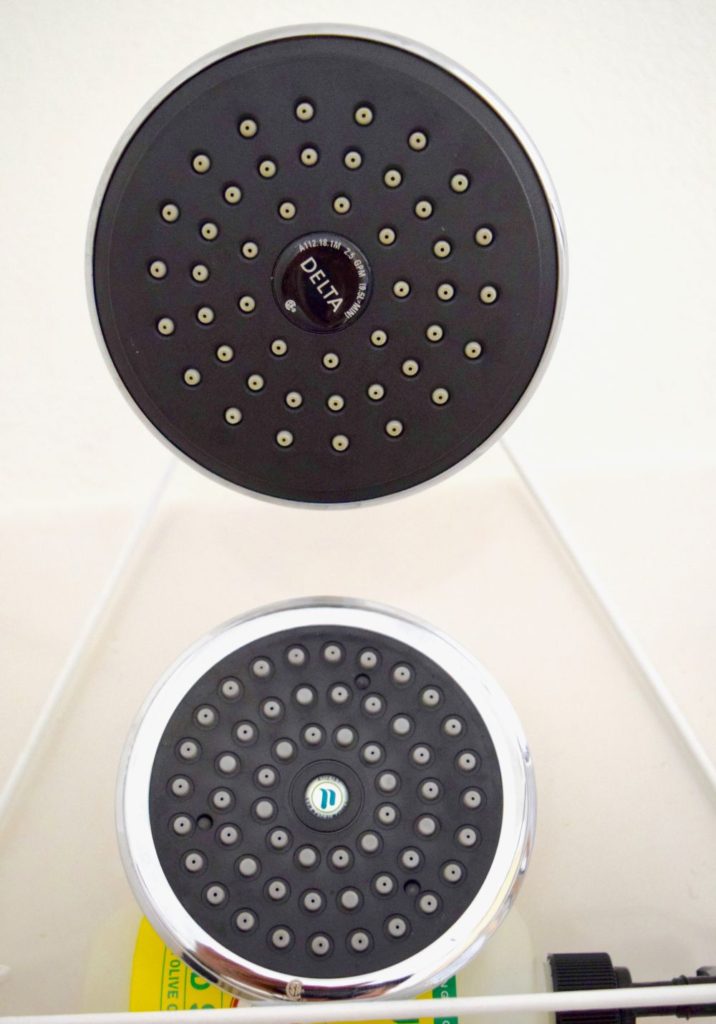
The design of these heads is almost identical but the 1.5 gpm Niagara easily passed inspection by the family member whose taste in shower heads means the most to keeping our marriage intact. (Truth be told though, her showers are half as long as mine!) With that change we save almost 6,000 a year. That’s two of our rain tanks full. Think about this: in a rain year, we fill a total of six 3,000 gallon tanks. So saving two tanks is a big deal!!!! And here’s the thing. I used to shave in the shower. When I started shaving in the sink, I cut off 3.5 minutes, which is 5.25 gallons per day and another 1,900 gallons saved in a year. That’s worth another month of rainwater use.
So how much rain runs off your roof in a year. Taking into account that .6 gallons pours off every square foot of roof every time it rains an inch, do the math:
(_________ roof area) X (.6 gals/sq.ft) X (_________ annual precipitation)
With 1,800 square feet of roof and precip. of 39 inches per year in W. Oregon, we get 42,120 gallons of rainwater off our roof in a year. And it’s all free!!!! But besides the free water and the fun of taking showers in the rain, why collect and use rainwater? There are two simple reasons: 1) The chaos in our climate is causing more intense storm events (in our case, more rain in shorter periods of time) and this is overwhelming the storm drain systems in most every town and city. The floods and unmitigated run-off erodes soil and pollutes streams, rivers and oceans and 2) We are running out of water. Even in rainy W. Oregon rural wells all around us here are going dry and small towns and cities have begun to ration water for a good part of summer. Here is where we connect to floods, wildfires and the common good.
What are the solutions? You can see some of them at our place. 42,120 gallons pours off our roof in a rain year, we capture 17,000 of that. That’s 17,000 gallons we save for other water users in our city that also doesn’t go to the street. The other 25,000 overflows into our bioswale. In 4 winters, I’ve only seen overflow get to the street one time, for a few days. So we keep almost all of the 42,000 out of the storm drains.
Have you noticed all the bioswales being constructed along the streets of our cities and towns the last few years? At least we see them in Oregon…possibly one of the more universal responses to climate chaos we see in these parts. Cities know we have a problem with storm drain capacity and they’re taking action. Not only do these work but, just like our little wetland, they also bring beauty back to city habitats. You get that…right? I mean I did a pictorial for you of the 3 storm drains on our little 8-house city block to remind you of the pristine magnificence that’s the storm drain. Aren’t they gorgeous?
I’d much rather see these bioswales, wouldn’t you. Some of these run the complete length of the streets of our town, so the run-off spills into wild rushes, sedges, flowering shrubs and bunch grasses, seeping slowly into the groundwater before it can reach a drain. This truly transforms us.
The other day, after we shot the now-famous “Pitney Rain System Film of the Year” (starring me), I got to dreaming about what our block would look like with bioswales instead of ugly drains, then I pictured our whole 8-house block catching and using rainwater too. I stepped it off. From one side of the block to the other, there’s just enough room to build an alley of rain tanks (3 tanks per house) behind the houses all the way across the block. Using our rain numbers, we would collect at least 140,000 gallons of water to use in our homes and keep 340,000 gallons out of the storm drains while holding 200,000 gallons in our ground with wetlands and bioswales. And it’s not too hard to imagine if you just picture our family’s 3 tanks in a row and stretch it across every block in town like we used to do with alleys!

Cities across our country and around the world are starting to figure out how to collect rainwater on a large scale, in homes and municipal buildings, where it can at least be used for flushing, laundry, cooling systems and irrigation if not also to drink. Where they’ve tried it, regions have found their depleted groundwaters and shallow aquifers quickly re-charged and waterways refreshed. This may be too far-fetched for you and it may strike you as a totally frivolous conversation with COVID rebounding again and our streets on fire with revolutionary protest. But here’s the thing: the kind of major re-imagination and reconstruction I’m talking about here is just a tiny inkling of what is possible for us in this time. Our societal conscience, the meters, gauges and body cams are telling us enough is enough. These same kind of projects for regeneration of water and energy will have to be part of the Green New Deal as we empower our poorest brothers and sisters, or we don’t have a chance. Union jobs, created to do this work, will build vibrant living systems and infrastructure for renewables. They will provide living wages for workers and contractual opportunities for businesses owned by black people, tribal people and all people of color. All these will join together with those who are re-trained and become a just economy lifting up all peoples and bringing healing to the atmosphere and every habitat and ecosystem in the realm. Brutality to already brutalized people and places will end and a new age of respect and regeneration will begin. And it will be so.
Don’t miss the finale of this series, coming soon: Rainwater Chronicles: The Movie.



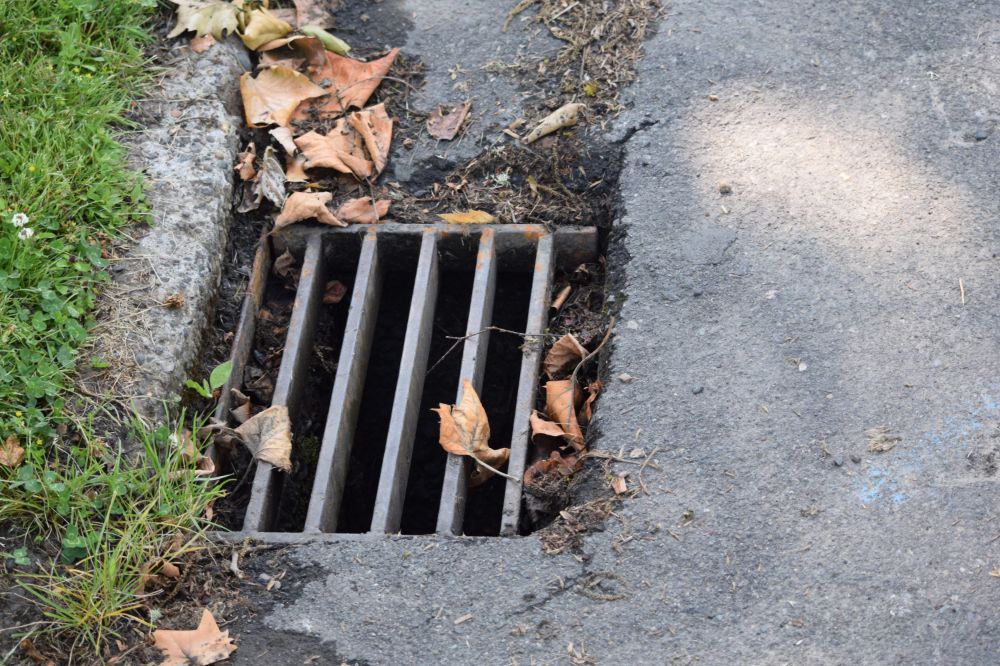

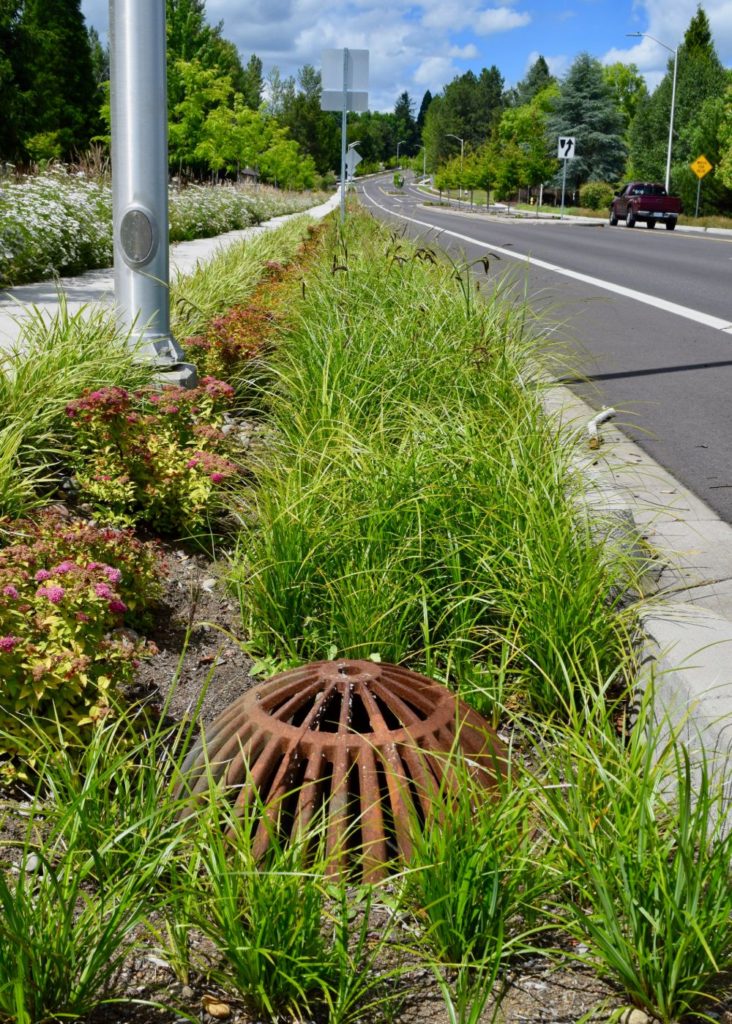
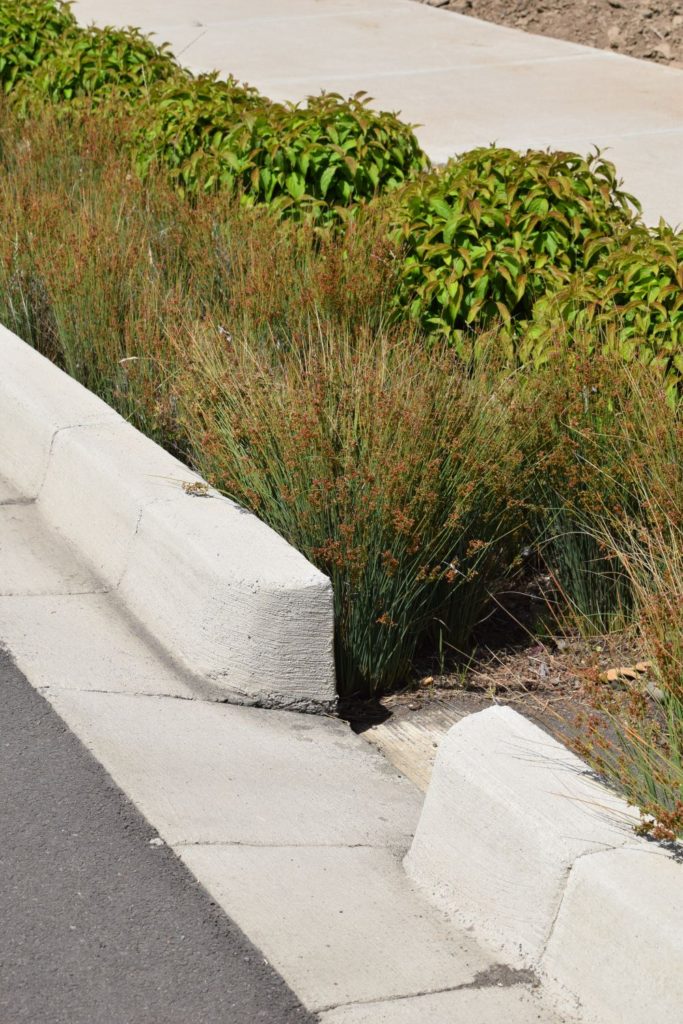
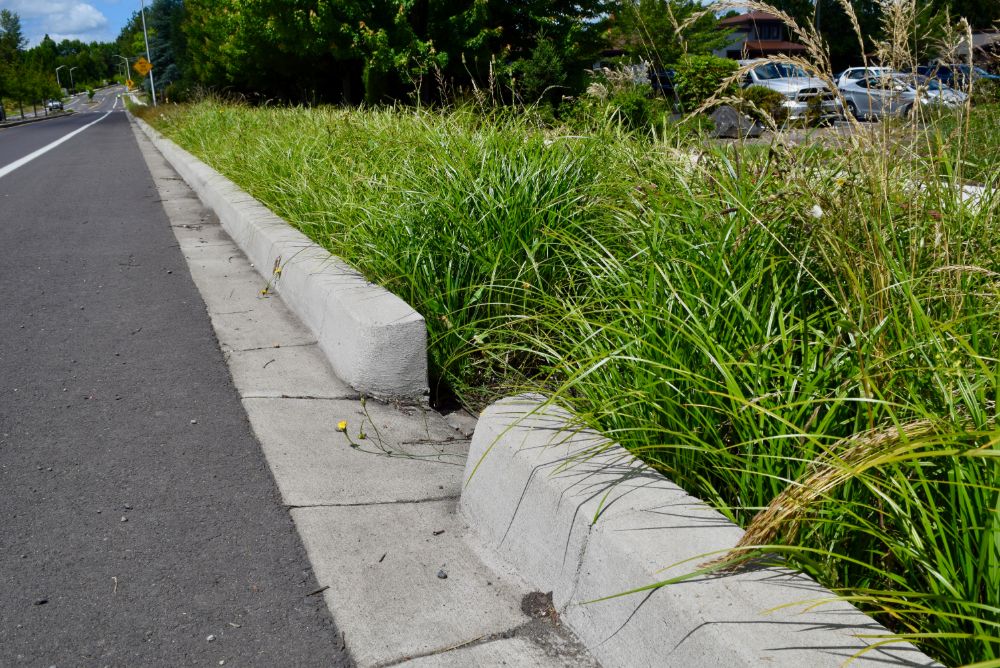
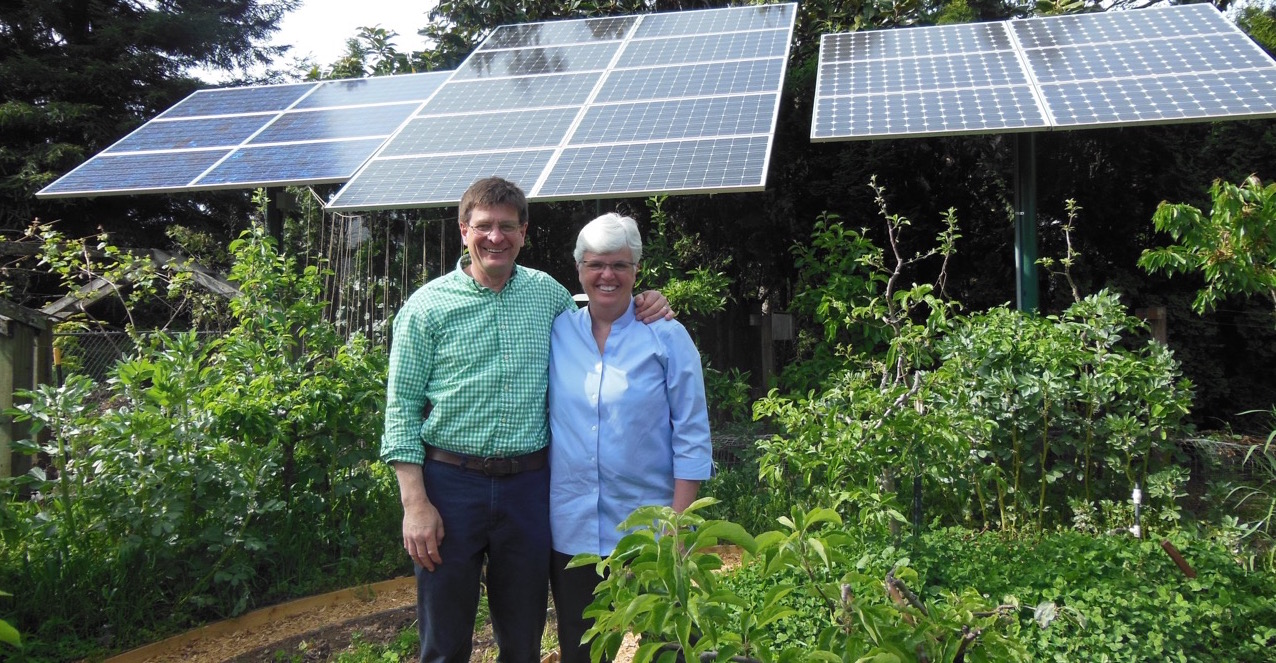


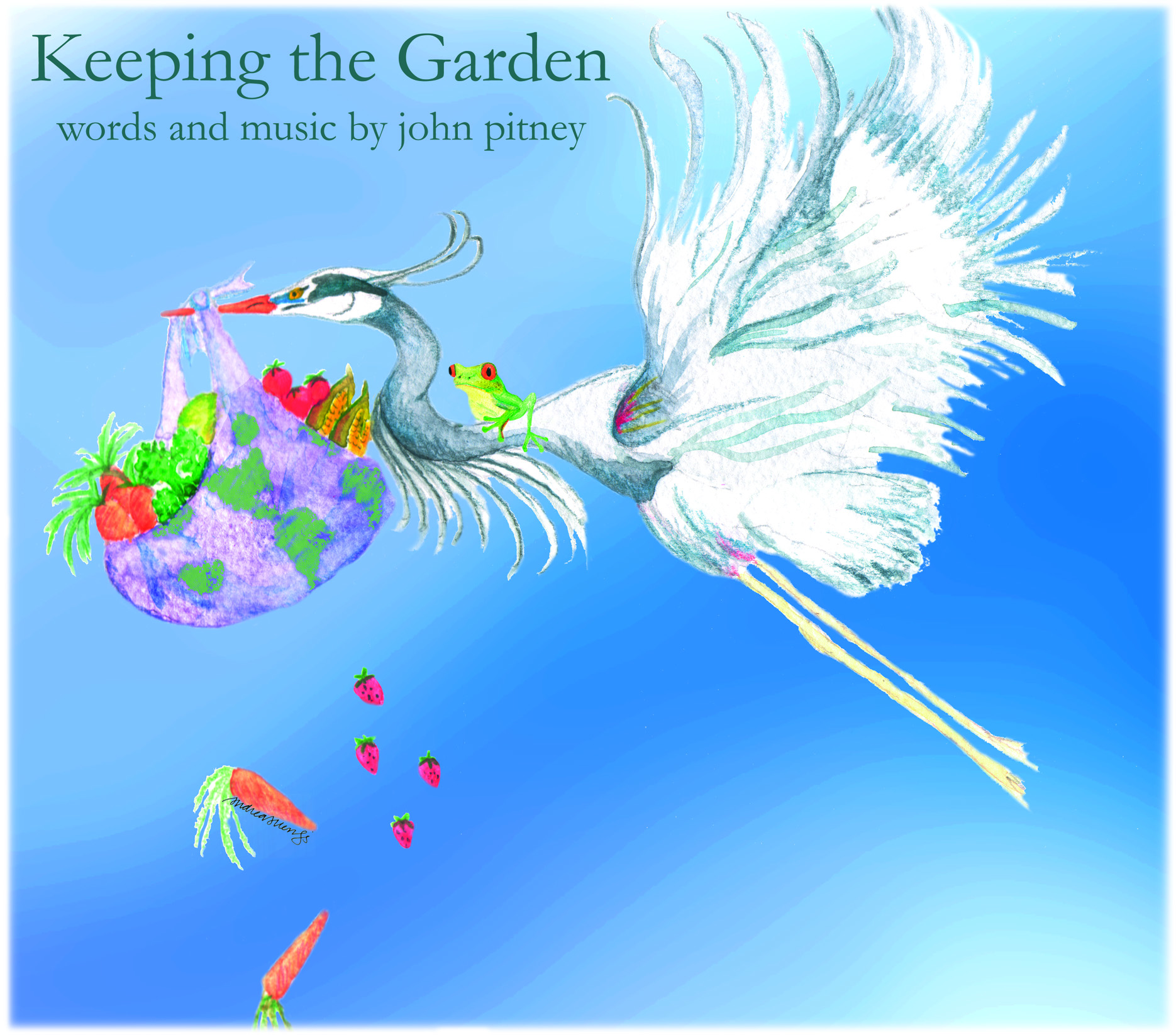



Recent Comments